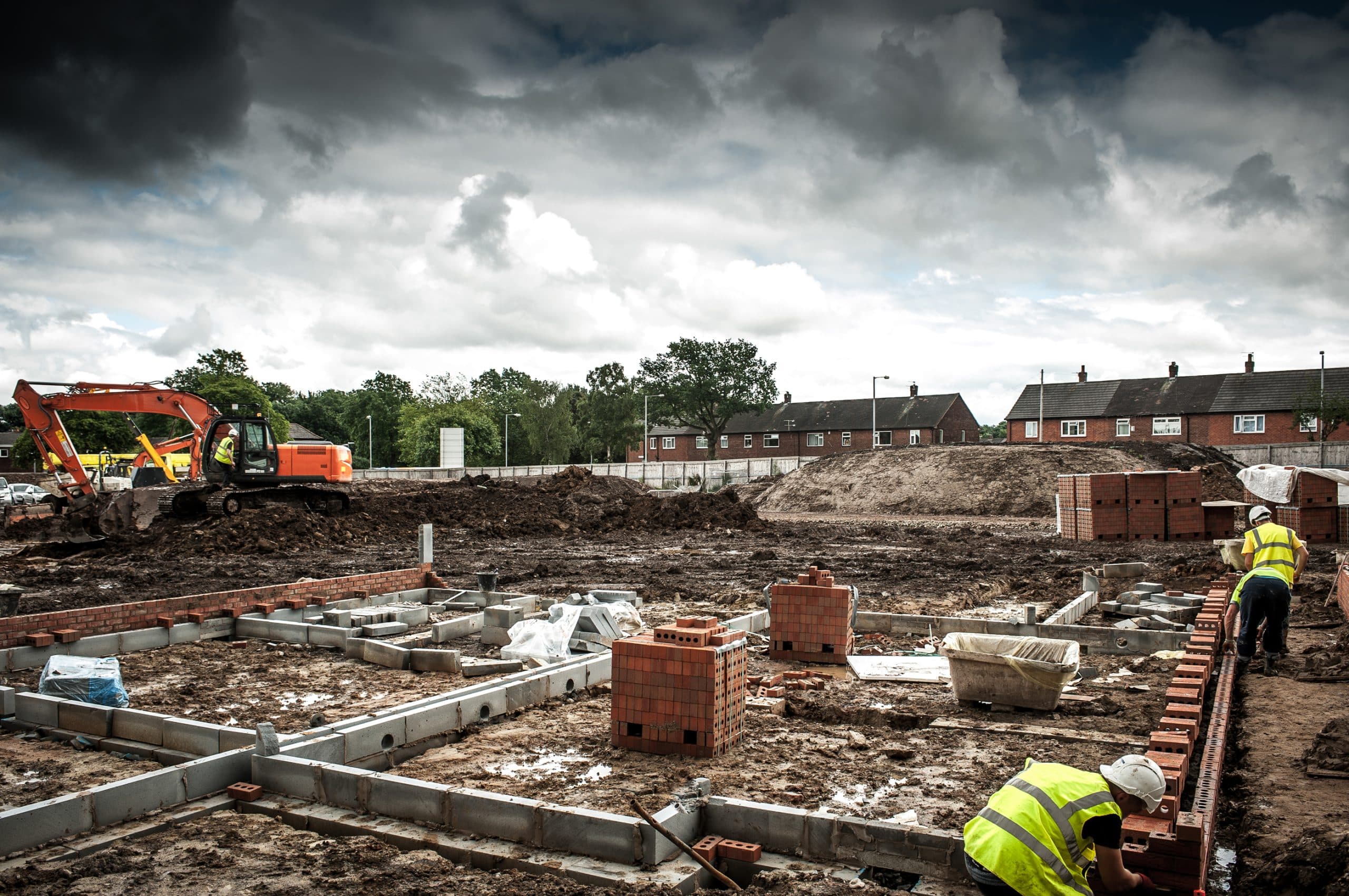How to Leverage Offsite Construction Methods to Accelerate Housing Development Timelines?

With the ever-increasing demand for housing, the construction industry is under constant pressure to deliver high-quality projects in a timely and efficient manner. When traditional building methods can’t keep up with the pace, it’s time to consider an alternative: offsite construction. This innovative approach, which includes modular and panelized building techniques, can revolutionize your housing projects. It’s not just about speed, but also about enhancing quality, reducing waste, and improving design flexibility.
The Basics of Offsite Construction
Offsite construction refers to the process where components of a building are manufactured in a factory, then transported to the site for final assembly. This involves two main methods: modular and panelized.
A découvrir également : What Are the Pros and Cons of Converting Shopping Malls into Mixed-Use Spaces Post-Pandemic?
Modular construction involves constructing entire sections of a building – think bathrooms or kitchens – offsite. These ‘modules’ are then transported to the building site and assembled like giant 3D puzzles.
On the other hand, panelized construction involves creating flat panels – walls, floors, or roofs – in a factory. These panels are then brought to the site, where they are assembled to form a complete structure.
A lire également : How Can Investors Assess the Stability of Real Estate Markets in Emerging Economies?
Offsite construction offers significant benefits over traditional methods. It provides a controlled environment for construction, promoting higher quality in building components. It also reduces the potential for weather-related delays and allows for faster project timelines.
Choosing the Right Offsite Construction Method for Your Project
While both modular and panelized methods offer unique benefits, the right choice for your project can depend on factors such as design, budget, timeline, and the specific needs of your project.
Modular construction typically allows for more design flexibility. Since the modules are built offsite, they can be customized to meet unique project requirements before being assembled on site. This method is particularly beneficial for housing projects where uniformity and repetition are desired.
Panelized construction, meanwhile, is typically more cost-effective and faster. The panels are simpler to produce, transport, and assemble, making this method ideal for projects with tight timelines and budgets.
It’s important to work closely with your construction company to choose the right method for your project. By understanding the benefits and limitations of each method, you can make a more informed decision and ensure your project is a success.
Sourcing High-Quality Prefabricated Components
Just as important as choosing the right construction method is sourcing high-quality prefabricated components. The quality of these components will directly impact the durability, performance, and overall quality of your housing project.
Offsite construction companies often have their own factories where they produce these components. This allows them to control the quality of materials and workmanship. It’s essential to ensure that your chosen company can deliver consistent, high-quality components that meet the specific needs of your project.
Benefits of Offsite Construction
Offsite construction isn’t just about accelerating housing development timelines. It also offers a variety of other benefits.
Firstly, offsite construction promotes a more efficient use of resources, reducing waste. By building components in a controlled factory environment, companies can accurately measure and allocate resources, minimizing waste and promoting sustainability.
Secondly, offsite construction can improve worker safety. Factory conditions tend to be safer than on-site, reducing the risk of accidents and injuries.
Finally, offsite construction can enhance the overall quality of the housing project. With modules and panels built offsite in controlled conditions, there’s greater assurance of consistent quality and adherence to specifications.
Transforming the Construction Industry
Offsite construction is not merely a trend. It’s a transformative approach that’s reshaping the construction industry.
By leveraging offsite construction methods, you can accelerate your housing development timelines, ensuring your projects are delivered on time, on budget, and to a high standard of quality. With modular and panelized construction, you can meet the demands of the modern housing market, providing high-quality housing faster and more efficiently.
Remember: Offsite construction isn’t just an alternative to traditional methods – it’s an opportunity to revolutionize the way you approach your housing projects.
The Role of Technology in Offsite Construction
As we delve deeper into the 21st century, the role of technology in various industries is becoming more apparent, and the construction industry is no exception. Offsite construction, in particular, is ripe for tech innovations. By incorporating state-of-the-art technologies into offsite construction processes, project delivery timelines can be significantly reduced while maintaining high quality and efficiency.
One of the most significant advancements is the use of Computer-Aided Design (CAD) and Building Information Modeling (BIM). These technologies allow for precise detailing and customization of prefabricated components, leading to less waste and better quality control. By using these tools, architects and engineers can create accurate blueprints for modular and panelized components which are then precisely manufactured in a factory setting.
Another key technology is automation. Automated production lines in factories can perform repetitive tasks with high precision, resulting in consistently high-quality components. This also reduces the risk of human error and enhances worker safety.
Moreover, technologies like drones and virtual reality can be used to monitor the construction site and assembly process, ensuring that the components are correctly and efficiently assembled. They also provide real-time progress updates and early detection of potential issues, enabling timely corrective actions and preventing costly delays.
In summary, technology plays a critical role in modern offsite construction. By embracing these advancements, the construction industry can further accelerate housing development timelines, providing a viable solution to the ongoing housing crisis.
Conclusion: Redefining Construction with Offsite Methods
Housing development is an area under constant evolution, responding to various socio-economic factors, including population growth, urbanization, and the need for more sustainable construction practices. Offsite construction methods, such as modular and panelized construction, are rapidly emerging as effective solutions to the numerous challenges faced by the construction industry.
Offsite construction tackles the root causes of traditional construction delays, offering a timely and cost-effective alternative. It facilitates quicker assembly, higher quality control, reduced waste, and improved safety, all of which contribute to accelerated project delivery.
Moreover, the technology’s integration in offsite construction methods facilitates efficient project management, ensuring that projects are not only completed faster but also with a higher standard of quality and precision. By leveraging the capabilities of CAD, BIM, automation, and other technologies, offsite construction can deliver high-quality housing projects in a much shorter timeline.
Despite its clear benefits, offsite construction is not a one-size-fits-all solution. It requires careful consideration of project specifics, including design requirements, budget, and timeline. As such, collaboration with a competent construction company is essential to select the most suitable construction method and source high-quality prefabricated components.
In conclusion, offsite construction methods are transforming the construction industry, promising an efficient, high-quality, and timely solution to the growing demand for housing. By leveraging these methods, stakeholders can contribute to resolving the housing crisis while redefining the future of construction.
